
Copernical Team
Science of Psyche: Unique asteroid holds clues to early solar system
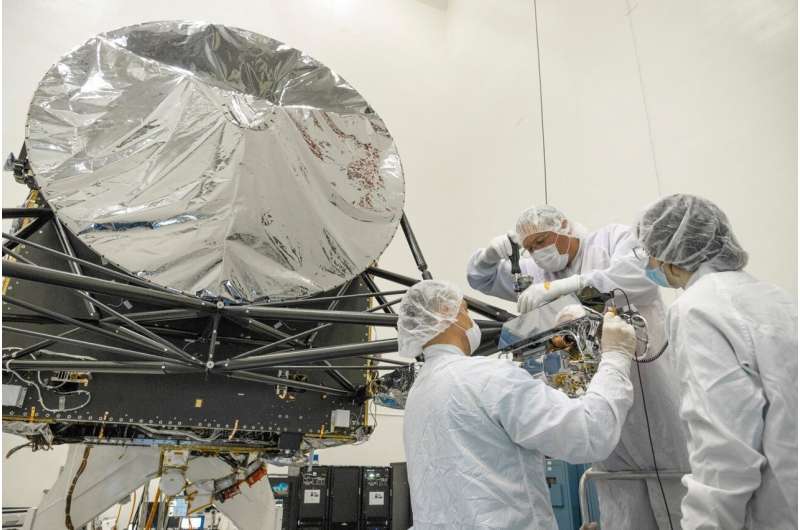
Set to launch next year, NASA's Psyche mission marks the first time the agency has set out to explore an asteroid richer in metal than rock or ice.
More than 150 years have passed since novelist Jules Verne wrote "Journey to the Center of the Earth," but reality has yet to catch up with that science fiction adventure. While humans can't bore a path to our planet's metallic core, NASA has its sights set on visiting a giant asteroid that may be the frozen remains of the molten core of a bygone world.
Thomas Pesquet takes commanding role on Space Station
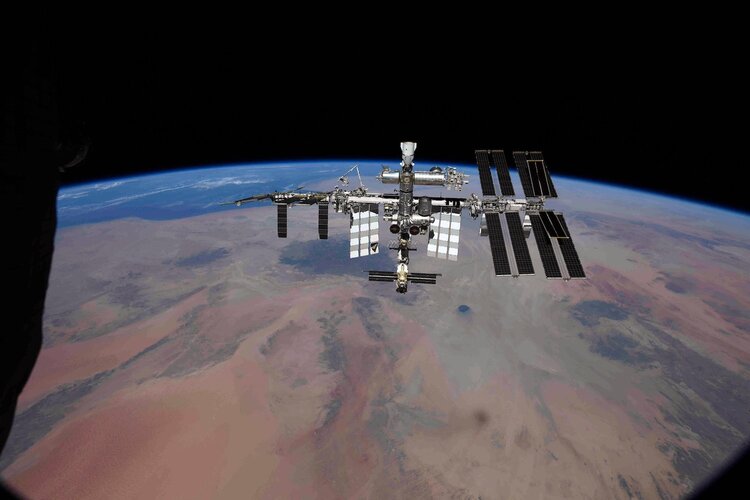
Today ESA astronaut Thomas Pesquet became commander of the International Space Station, taking over from Japanese Aerospace Exploration Agency astronaut and fellow Crew-2 member Akihiko Hoshide. Thomas will hold this role until shortly before Crew-2 return to Earth in November.
To boldly go: Star Trek's Shatner spacebound with Blue Origin

Blue Origin on Monday confirmed William Shatner, who starred as Captain James T. Kirk in the original Star Trek series, will fly to space October 12 aboard the company's crewed rocket, becoming the oldest ever astronaut.
"I've heard about space for a long time now. I'm taking the opportunity to see it for myself. What a miracle," said the 90-year-old Canadian actor in a statement.
The science fiction television show aired for only three seasons starting in 1966, but was hugely influential in popular culture and has spawned more than a dozen movies and several spin-off series.
It was notable for the utopian vision of its creator Gene Rodenberry, who imagined a future where by the 23rd century humanity had put aside its divisions and united with other peaceful space-faring civilizations.
First Russian film in space an 'experiment': director

Russian film director Klim Shipenko said Monday the first movie in orbit would be an "experiment," on the eve of his journey into space hoping to beat a rival Hollywood project.
The 38-year-old director and one of Russia's most famous actresses, Yulia Peresild, 37, are due to blast off from the Baikonur Cosmodrome, Kazakhstan at 0855 GMT on Tuesday to shoot scenes for upcoming Russian movie "The Challenge".
Russia's space agency Roscosmos is sending them into orbit with experienced cosmonaut Anton Shkaplerov, 49. Cosmonauts on board the International Space Station are expected to appear in cameo roles in the film.
The 12-day mission was announced in September 2020, four months after a Hollywood project involving "Mission Impossible" actor Tom Cruise was revealed.
"We are doing an experiment," Shipenko told reporters.
"There is nobody to get advice from. There is not a single cameraman who could answer how to work with light from a porthole," he told an online news conference.
On top of directing, he will also be handling the cameras, lighting, sound and make-up.
Shipenko conceded that "some things will work out and some things will not".
Space physician training course: call for applications

Are you a qualified physician? Would you like to gain insight into the field of space medicine? ESA is once again seeking medical doctors for its out-of-this-world training course and this is your chance to apply.
Meeting Mercury
 Video:
00:01:01
Video:
00:01:01
A beautiful sequence of 53 images taken by the monitoring cameras on board the ESA/JAXA BepiColombo mission as the spacecraft made its first close flyby of its destination planet Mercury on 1 October 2021.
The compilation includes images from two of the three Monitoring Cameras (MCAM) onboard the Mercury Transfer Module, which provides black-and-white snapshots at 1024 x 1024 pixel resolution. It is not possible to image with the high-resolution camera suite during the cruise phase. The MCAMs also capture parts of the spacecraft: MCAM-2 sees the medium-gain antenna and magnetometer boom, while the high-gain
First Copernicus satellite exceeds design working life
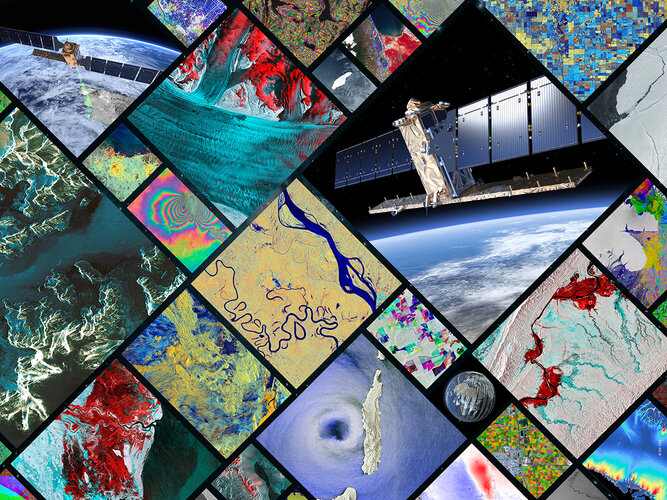
This week marks seven years since the very first satellite that ESA built for the European Union’s Copernicus programme started delivering data to monitor the environment. The Sentinel-1A satellite has shed new light on our changing world and has been key to supplying a wealth of radar imagery to aid disaster response. While this remarkable satellite may have been designed for an operational life of seven years, it is still going strong and fully expected to be in service for several years to come.
Destiny | Space Station 360 (in French with English subtitles available)
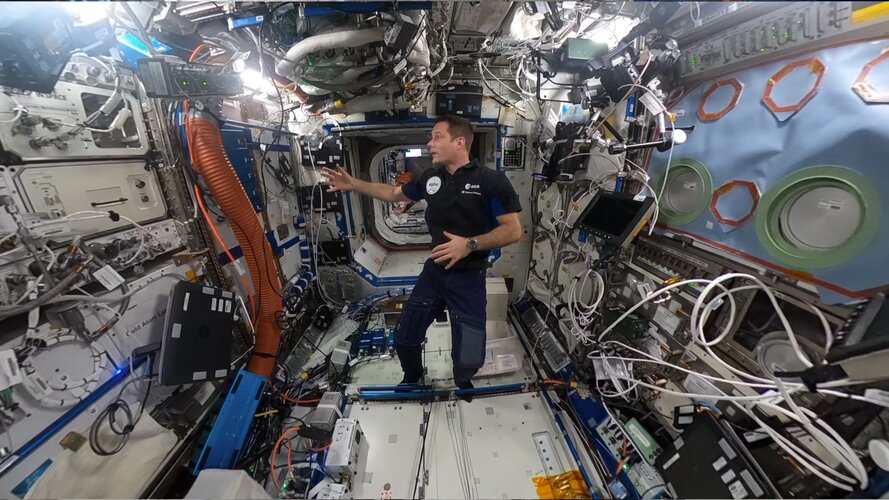 Video:
00:02:06
Video:
00:02:06
ESA astronaut Thomas Pesquet takes you on a tour of the International Space Station like no other. Filmed with a 360 camera, the Space Station 360 series lets you explore for yourself alongside Thomas’s explanation – episode seven is NASA’s Destiny laboratory.
The International Space Station’s fourth module, Destiny, was waunched on 7 February 2001 on Space Shuttle Atlantis. The American module is the heart of the non-Russian part of the Station and allows experiments to be performed in many disciplines, from biology to physics, including a rack for burning liquids in weightlessness and the European Microgravity Science
Video: We asked a NASA technologist – is there oxygen on Mars?
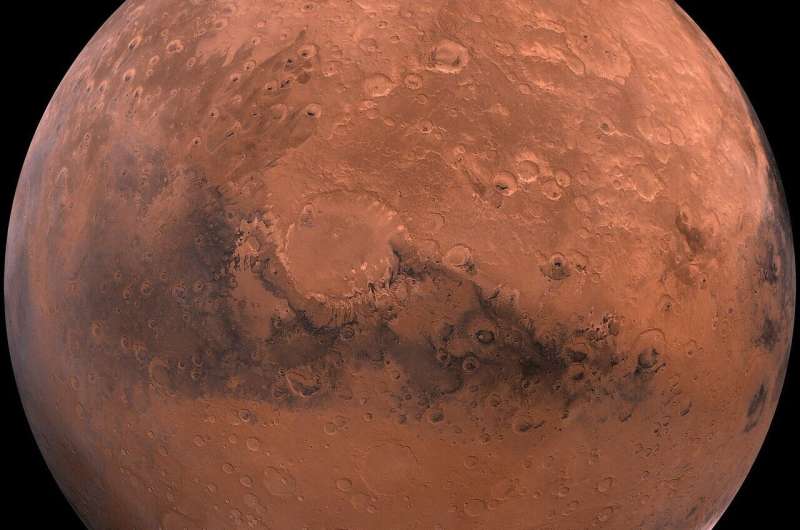
Is there oxygen on Mars? Technically yes, but it's nothing like the amount we have on Earth. So breathing is out of the question. However, there is a lot of carbon dioxide (CO2) on Mars.
Now, a new technology—MOXIE—has proven that we can convert Martian CO2 into oxygen for use by future explorers. NASA engineer Asad Aboobaker tells us more.
Extending LIGO's reach into the cosmos
 Since LIGO's groundbreaking detection, in 2015, of gravitational waves produced by a pair of colliding black holes, the observatory, together with its European partner facility Virgo, has detected dozens of similar cosmic rumblings that send ripples through space and time.
In the future, as more and more upgrades are made to the National Science Foundation-funded LIGO observatories-one in
Since LIGO's groundbreaking detection, in 2015, of gravitational waves produced by a pair of colliding black holes, the observatory, together with its European partner facility Virgo, has detected dozens of similar cosmic rumblings that send ripples through space and time.
In the future, as more and more upgrades are made to the National Science Foundation-funded LIGO observatories-one in 